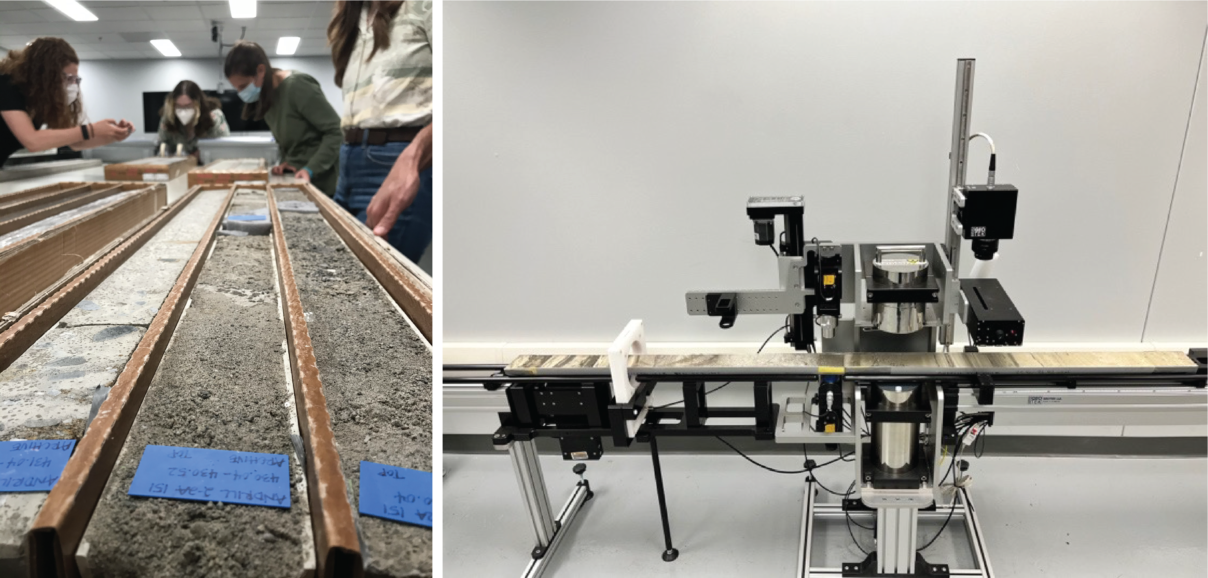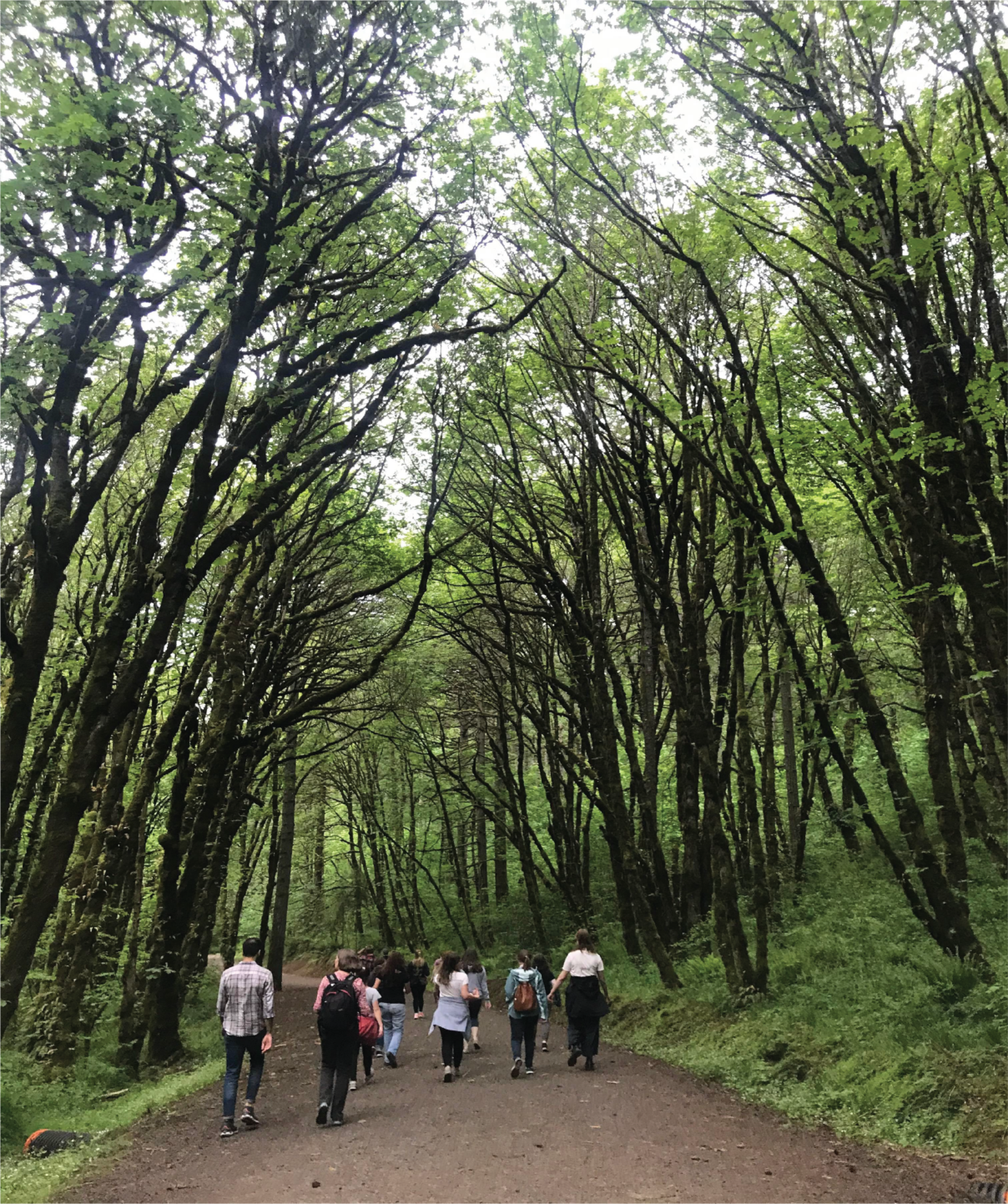GLASS 2022: a week to remember
I am Thale, a PhD Student, in the ANTSIE project working on geochemical analysis of stomach oil deposits from the Untersee Oasis in Dronning Maud Land. I am in the second year of my PhD journey and this May I was fortunate to be one of the 25 postgraduate researchers from Europe and the US that participated in the GLAcial Sedimentation School, aka “GLASS”. Although we all are working on different methods, cores and locations for our PhD projects, what all 25 of us had in common was that we worked on high latitude climate records, with the aim to decipher the climate history of the polar regions (Figure 1).

You may ask, why is ANTSIE also interested in marine records?
Although our focus is to use snow petrel stomach oil deposits to investigate sea ice environments in the Southern Ocean, marine records can also give indications of past sea ice history and hence provides a valuable perspective on what the stomach oil deposits can tell us, as long as we can match the two records up in time.
GLASS was hosted the lovely small town in the middle of the state of Oregon, called Corvallis, which contains a large marine repository (Figure 1). This repository is one of the few around the world and contains thousands upon thousands of meters of sediment cores collected by marine research cruises since the 1970s.
The summer school week was packed with talks from marine geologists from all stages in their careers, providing both intriguing stories from daring research expeditions, as well as more practical tips for how to conduct research in polar regions. However, for two hours every afternoon, it was for us, the students, to get some hands-on experience working with cores. At the beginning of the week, we were split into 5 groups, and we all got allocated a set of cores from polar regions that we were going to work on throughout the week. Descriptions, smear slides, and measuring of physical properties using a core scanner and constructing an age model, were done throughout the afternoons of the course (Figure 2).

Corvallis is surrounded by forest cloaked hills, with plenty of hiking trails available for exploring. One of the afternoons we had the amazing experience of a short hike in the tropical feel to the coniferous forest (supported by the annual precipitation rate of 1500mm) where we were surrounded by a mesmerizing ambiance and quite a few slugs (Figure 3).
After five intense days in the marine core repository in Corvallis I left feeling inspired, with a lot of hands-on experience with marine cores, and new perspectives on the intricate high latitude climate system. This unforgettable experience and place will accompany my memories of my PhD journey, while I am looking forward to meeting again, in the future, the amazing people, colleagues and new friends I met in GLASS.

